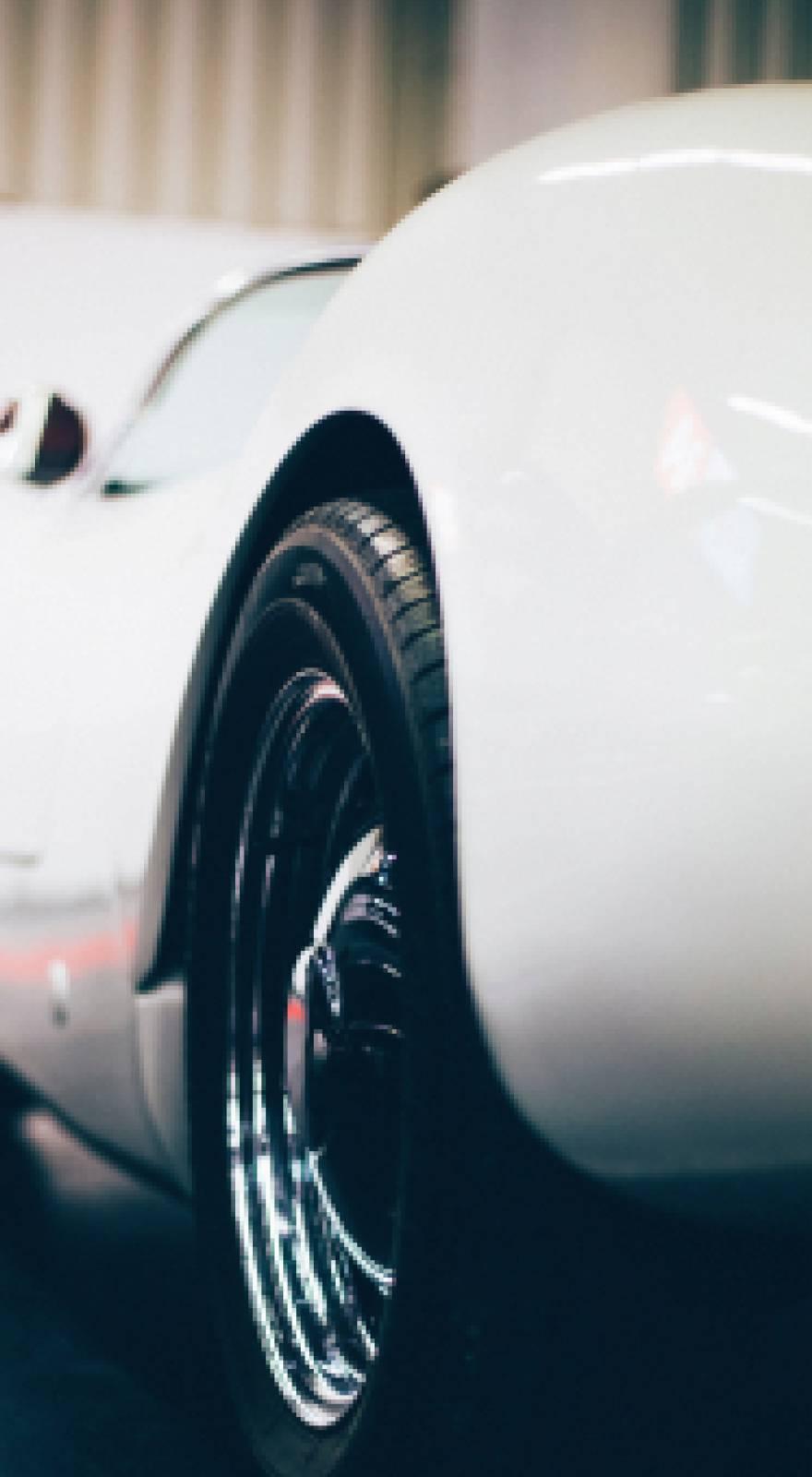Knowde Enhanced TDS
Identification & Functionality
- Chemical Family
- Polymer Name
- Technologies
- Product Families
Features & Benefits
- Labeling Claims
- Materials Features
- Why Should You Use It?
- Cost advantages
- Improved processability
Applications & Uses
- Plastics & Elastomers Processing Methods
- Uses
EP.101 EPDM Reclaim / GRP EPS 60E EPDM Reclaim is used in EPDM rubber compounding to reduce costs and increase processability.
Properties
- Color
- Physical Form
- State of Refining
- Superfine
- Typical Properties
- Properties
- Soft
- Pliable
- Easy to process
- Will act as a process aid in new compounds
- "Shape retaining" due to the new 3D structure
- Capable of being re-vulcanized
| Value | Units | Test Method / Conditions | |
| Elongation at Break | min. 325 | % | - |
| Hardness | 55 ± 5 | Shore A | - |
| Mooney Viscosity (ML 1+4 at 100°C) | 35 ± 10 | - | - |
| Sheet Size | max. 22 | mm | - |
| Specific Gravity | 1.18 ± 0.03 | g cm3 | - |
| Tensile Strength | min. 60 | kg/cm2 | - |
| Acetone Extract (by weight) | 30 ± 5 | % | - |
| Ash Content (by weight) | 12 ± 3 | % | - |
| Carbon Black (by Weight) | 29 ± 3 | % | - |
| RHC (by weight) | 30 ± 5 | % | - |
Regulatory & Compliance
- Certifications & Compliance
Technical Details & Test Data
- How is Reclaim Produced?
The waste rubber is granulated quite small to release and facilitate the removal of any metal and fabric that may be present.It is then subject to a combination of heat, pressure and chemical softening /plasticising agents for a period of time in a large retort.After discharge, the treated waste is refined to remove any nibs or hard bits of unprocessed material. This is done by extruder sieving and/or a refining mill.The material passes repeatedly through the mill and the coarse "bits" are pushed out to the sides of the mill nip (the wider part, due to the camber) and fall out into catchment trays at each side. The good, refined material is taken off the mill as a paper thin sheet and wound up on itself to make thick slab. The material from the sides can be used to make lower grade, coarser "tailings" reclaim.
Packaging & Availability
- Packaging Type
- Packaging
Each blanket weighs approximately 5 kilos. Whole and cut blankets are made up to 25 kilos nett, and this amount is then packed in polyethylene bags on pallets, and shrink- wrapped. 40 such parcels are packed onto a strong pallet, so giving a unit load of 1,000-kilos net weight. The pallets have overall dimensions of 1,120mm x 1,120mm x 1,120mm and should not be double stacked. Alternative methods of packaging are also available
Storage & Handling
- Storage
Recommended conditions are dry storage in a cool atmosphere. There will be a slow increase of Mooney viscosity on storage, for which a maximum of one year is recommended.

